Ever since the year 2016 kick-started, there has been a lot of buzz around virtual reality. Many tech enthusiasts believe this is the year of virtual reality, or VR as it is popularly referred to. There is a reason why they say that!
Last year, a lot of ground work was done around VR with some prototypes, ready for public display. This year companies plan to test the waters by bringing them out on sale! It’s time VR goes mainstream, and this will only give the much needed push next year. Many companies have made their intentions for virtual reality clear. Let’s see what they are up to in 2016.
Google
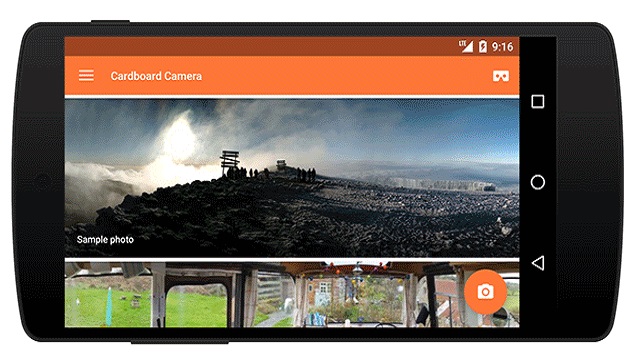 Image: Google Blog
Image: Google Blog
Google has always been pro-virtual reality. Remember, the Google Cardboard or the GoPro partnership announced at I/O last year or the Camera app that lets you create VR 3D images? The search giant is also believed to be working on an Android version to power virtual reality apps, which it plans to distribute for free. However, it’s the most recent announcement from Google that reveals how serious it is about virtual reality. The company has gone all out and announced a separate division that will solely focus on virtual reality led by Clay Bavor who is the VP, Product Management for Google’s apps including Gmail, Drive and Docs. This move by Google isn’t entirely surprising as Bavor has been overseeing the Cardboard project.
Moreover, rivals such as Facebook are already out with their product – the Oculus Rift which it acquired two years ago. With a new team setup just to look at virtual reality, we expect some big news coming up the virtual reality way at the Google I/O 2016. The company is ramping up its software for VR devices.
Facebook
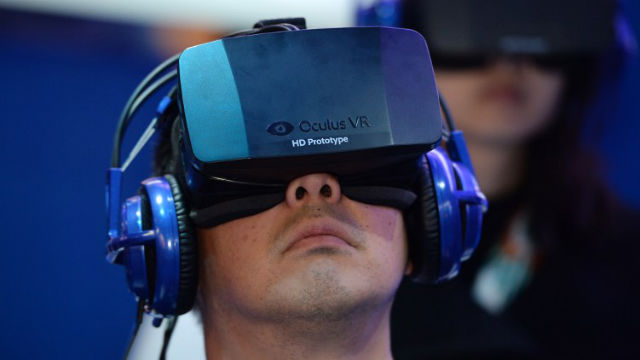 The Oculus Rift headset (AFP)
The Oculus Rift headset (AFP)
Facebook is leading the pack out there with its Oculus Rift now available for purchase. Facebook acquired Oculus VR unit back in 2014 and built an upgraded prototype of the virtual reality headset and is finally ready to sell it to consumers. On 6th of this month, during CES, Oculus Rift VR was put up for pre-order for a whopping $600. The Rift comes bundled with the game – Lucky’s Tale – and a multiplayer space combat game – EVE: Valkyrie. The company said it will launch the touch controller and a pair of motion controllers later this year. Facebook is already set on the path to take its consumers into a fantasy setting.
Apple
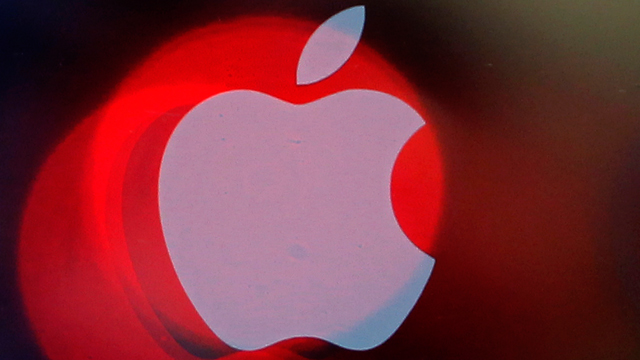 Quietly building the arsenal! Image: Reuters
Quietly building the arsenal! Image: Reuters
In 2015, Apple was believed to be putting together the blocks of its virtual reality strategy. So, it is quite obvious, Apple could be possibly planning something for 2016. To begin with, last year, it patented a ‘head-mounted display apparatus for Retaining a Portable Electronic Device with Display’ which essentially means a virtual reality headset powered by an iPhone or iPod. Knowing Apple, it is slowly and steadily building its arsenal to take on the virtual reality market.
Microsoft
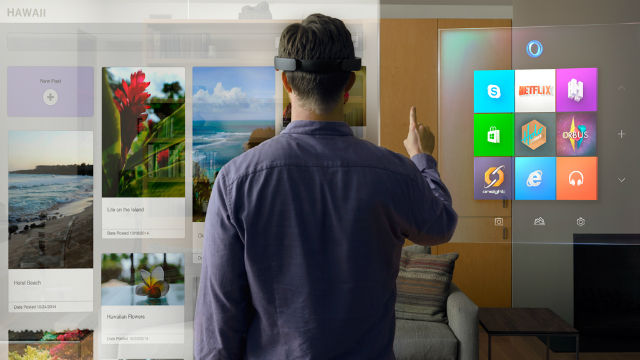 Windows 10 HoloLens experience. Image: Microsoft
Windows 10 HoloLens experience. Image: Microsoft
One of the biggest highlights of Microsoft’s Windows 10 event last year was the Windows HoloLens and the Hololens headset. The Windows HoloLens is similar to an augmented reality experience (the kind many apps on smartphones aim to give) except that this is much more advanced, because users can wear a headset, like Virtual Reality goggles, to experience holograms in real life. HoloLens brings high-definition holograms in your world, where they integrate with your physical places, spaces, and things. Microsoft’s Hololens is expected to start shipping within the first half of 2016.
Sony
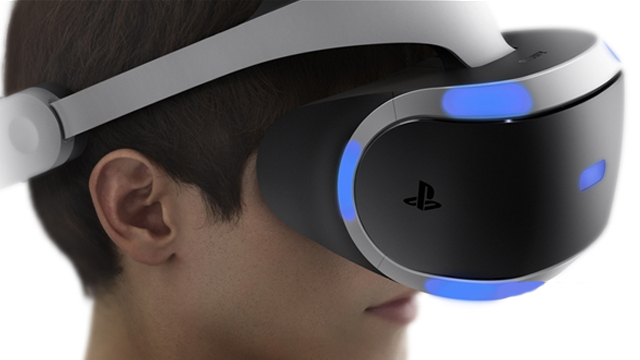 Sony’s Playstation VR ready to hit stores
Sony’s Playstation VR ready to hit stores
It is nice to see that VR headsets won’t be a two or three-horsed race as many companies gear up to compete in this space. Sony’s Playstation VR or what was going by the name Project Morpheus so far is expected to hit stores soon priced around £350 (approximately Rs 35,000). It sports a 5.7-inch OLED display with 1920 x 1080 resolution and include an approximate 100-degree field of view, an accelerometer and gyroscope along with nine LEDs for head tracking. The device also comes with a 3D audio with mic and stereo input jacks along with HDMI and USB ports.
HTC Vive
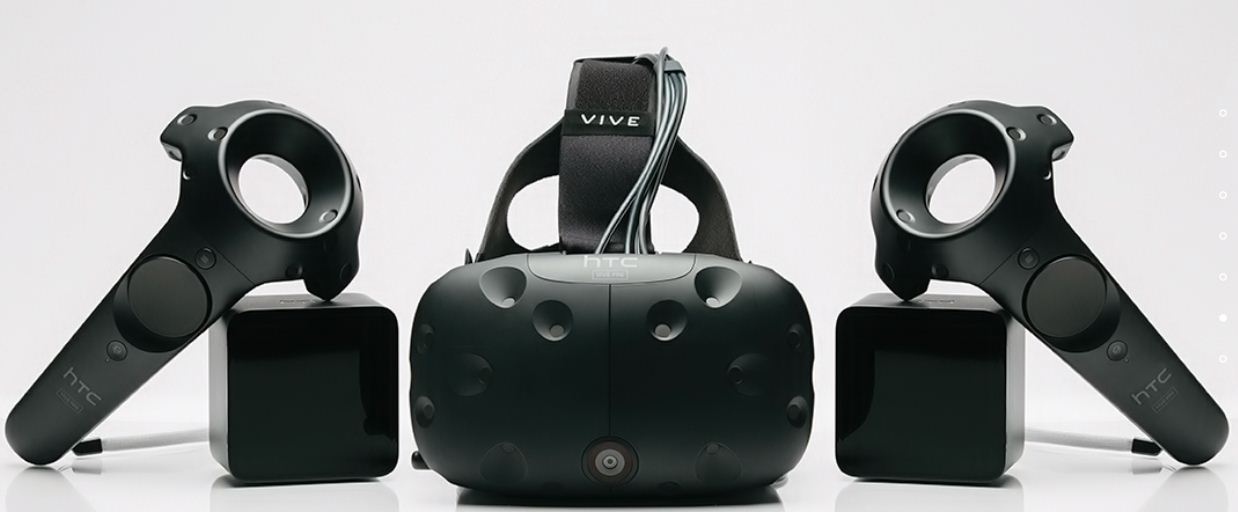 HTC has been distributing the Vive Developer Kits to game developers and content creators
HTC has been distributing the Vive Developer Kits to game developers and content creators
HTC closely follows Facebook and decided to go mainstream with its Vive VR headset available for pre-order from 29 February. It will be commercially sold in April. Interestingly, the company said it will announce the price once we near the pre-order date. New reports have been pointing at a whopping $1500 for the device. The HTC Vive was created with US game developer Valve. At this year’s CES in Las Vegas, HTC had showcased the HTC Vive Pre which comes with a front-facing camera in addition to the original Vive along with redesigned controllers.
The new design is more comfortable to wear, even for people with precision glasses. The integrated front camera will allow users to see surroundings when the headset is on. HTC has been distributing the Vive Developer Kits to game developers as well as content creators and will continue to work with various companies to create content across genres such as gaming, entertainment, medicine, education and so on.
Samsung
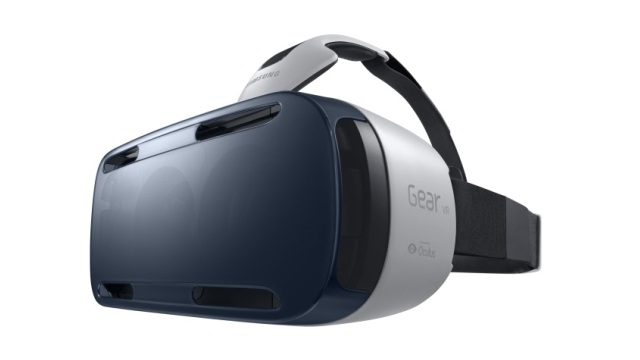 A closer look at the Gear VR
A closer look at the Gear VR
Samsung was one of the first to take its VR headset to consumers. Last year, we saw the company launch a new version of Gear VR virtual reality headset for $99, half the price of the previous “Innovator Edition”. Samsung has also gone ahead and released a new virtual reality browser. The all-new Samsung Internet for Gear VR lets users browse through web pages without the need to remove the headset. What’s more exciting is it will let you watch videos from websites directly on the headset, putting away the hassle of downloading them in a separate app. It supports both 360-degree and 3D video streaming, along with any HTML5 video from the web.
Nokia
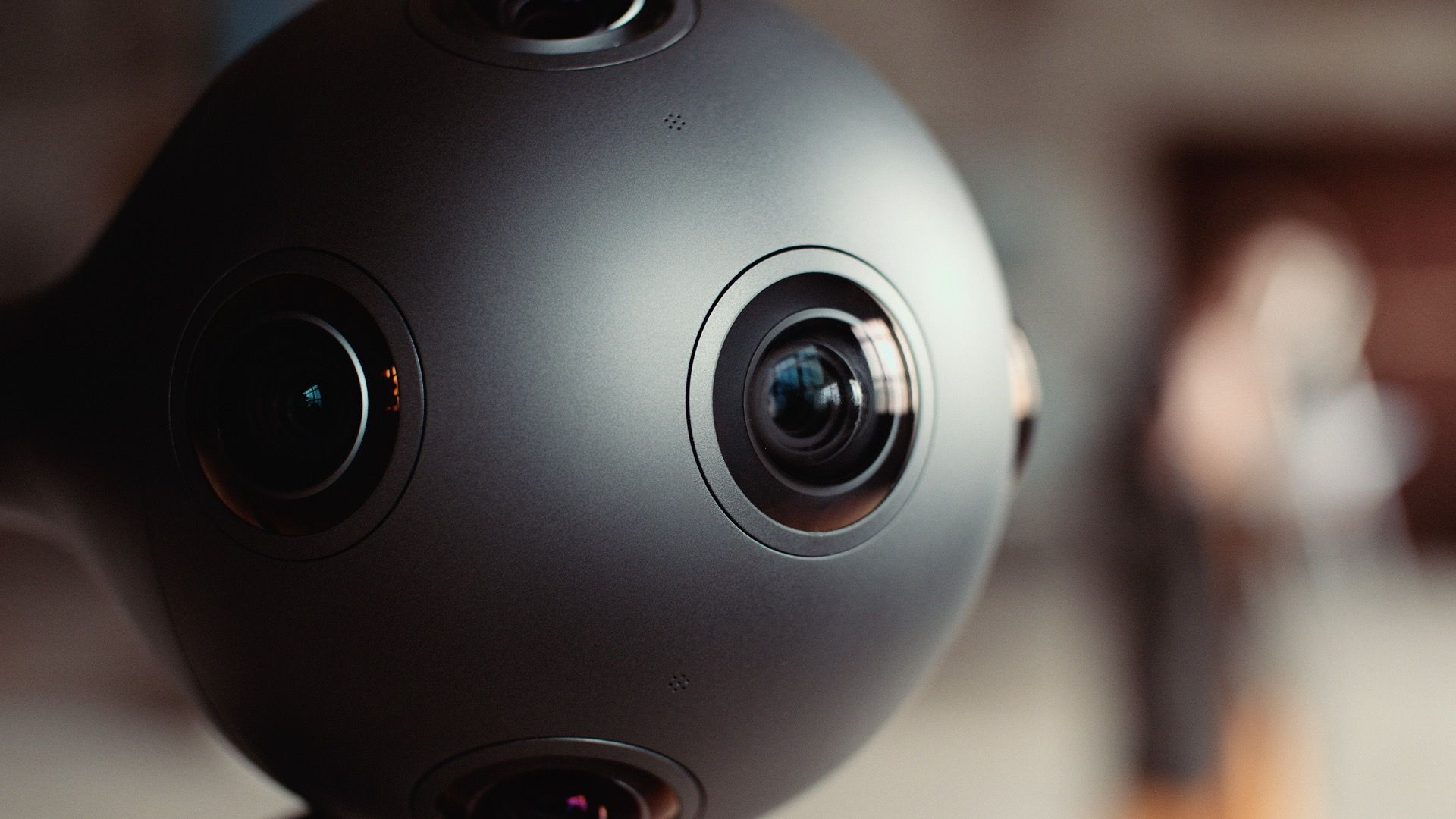 Ozo is capable of capturing audio and video in 360 degrees
Ozo is capable of capturing audio and video in 360 degrees
Once the world’s largest mobile phone maker, Nokia is now focused on making telecom network equipment and also dabbled with virtual reality. Its virtual reality camera, the Ozo, is expected to start shipping in the first half of this year. Priced at $60,000, the spherical camera features eight sensors and microphones and it is designed for making 3D movies and games that can be watched and played with virtual reality headsets. The Ozo is capable of capturing audio and video in 360 degrees. It is set to become the first commercially available VR camera for professional content creators.
Besides, the Cardboard accessory is becoming a growing norm among phone makers. Recently, Lenovo launched the VR headset and in the past we’ve seen the LG VR for G3. Similarly, startups such as Homelane are already leveraging on VR to make consumer experience more realistic.
- FirstPost